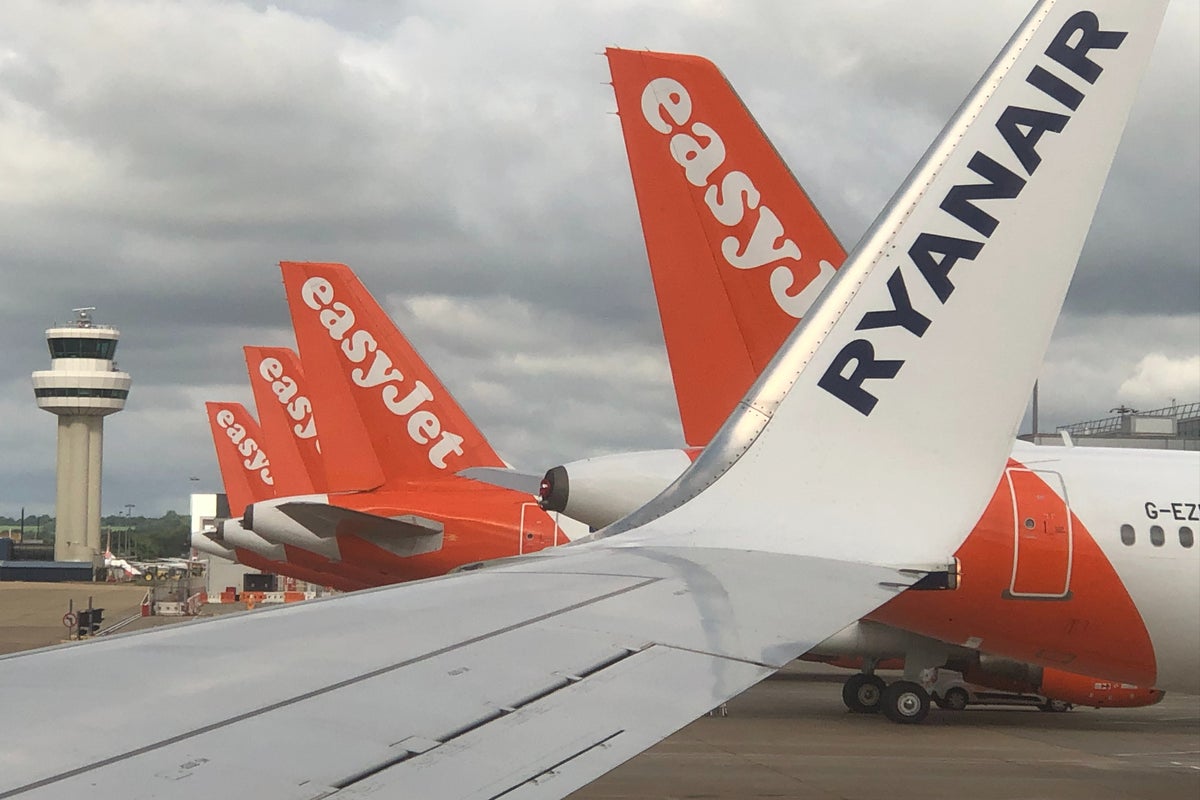Nine passengers and a pilot are missing after Bering Air flight 445 vanished in the rural western region of Nome in Alaska.
The missing plane marks the third major air incident involving US personnel in 10 days.
A mid-air collision between an American Airlines jet and a US military Black Hawk helicopter in Washington DC took the lives of 67 people on Wednesday 29 January.
Two days later, a medical jet crashed in Northeast Philadelphia, killing seven people, including all six passengers on board.
These calamities follow two aviation tragedies within four days that killed more than 200 passengers and crew. The Christmas Day crash of an Azerbaijan Airlines Embraer E190 was followed by the loss four days later of a Jeju Air Boeing 737.
But these awful events should be set against a trend of ever-safer skies.
Decade after decade, aviation is becoming safer. No scheduled passenger jets were involved in fatal crashes during 2023. Only two fatal accidents happened in that year, both involving propeller aircraft on domestic flights, with 86 people losing their lives.
All the dramatic aviation events of 2024 and 2025 – fatal and otherwise – will be analysed minutely to understand what can be learnt to enhance future safety.
The UK is uniquely placed for passenger safety. The world’s two safest airines in the world, in terms of passengers carried without a fatal accident, are Ryanair and easyJet – who both have their main bases in Britain.
Meanwhile, the pilot community are looking with concern at the Azerbaijan Airlines tragedy, in which 28 people died.
A preliminary report concluded the jet was hit by shrapnel from an air defence system as it tried to land in Chechnya in southern Russia.
A source told Reuters that preliminary results indicated that the plane had been struck by a Russian Pantsir-S air defence system.
“No one claims that it was done on purpose. However, taking into account the established facts, Baku expects the Russian side to confess to the shooting down of the Azerbaijani aircraft,” the source said.
As the rate of accidents due to human factors and mechanical failure slows, the dangers of flying in conflict zones may be rising.




